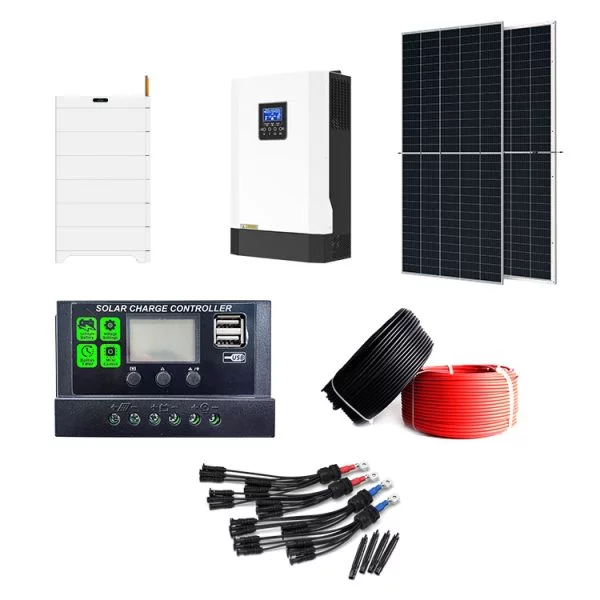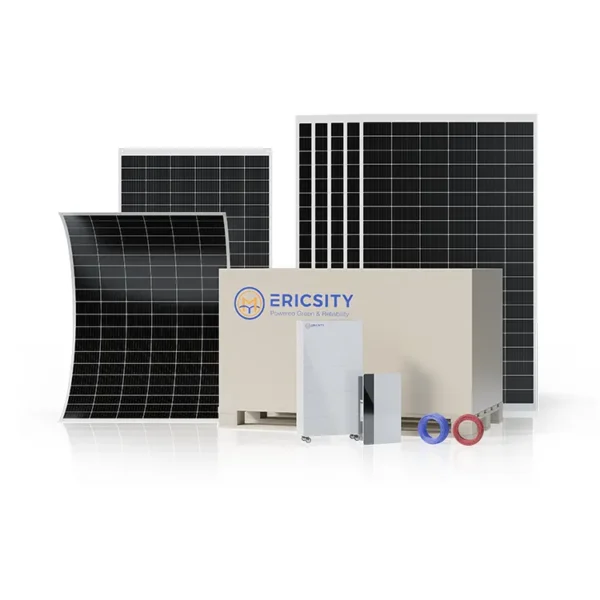HOT PRODUCT
Product Details
The Science Behind The Best 200 Watt Panels: How They Generate Power
The Science Behind The Best 200 Watt Panels: How They Generate Power
Solar energy has emerged as a promising alternative to conventional energy sources, and solar panels play a crucial role in harnessing this abundant and clean energy. Among the various types of solar panels available in the market, the 200-watt panels have gained significant popularity due to their efficiency and performance. But have you ever wondered how these panels actually generate power? Let’s delve into the science behind the best 200-watt panels and understand their power generation process.
1. Photovoltaic Effect:
The fundamental principle behind solar panel operation is the photovoltaic effect. Photovoltaic (PV) cells, which are the building blocks of solar panels, consist of semiconductor materials, typically silicon. When sunlight strikes these PV cells, it triggers the photovoltaic effect, causing the release of electrons from their atoms. The released electrons form an electric current, resulting in the generation of electricity.
2. Multiple Layers:
The best 200-watt panels usually feature multiple layers to enhance power generation. These layers include a top layer of protective glass, an anti-reflective coating, a semiconductor layer, a grid of metallic contacts, and a backsheet. Each layer serves a specific purpose to optimize solar energy conversion.

3. Semiconductor Material:
The semiconductor material used in the best 200-watt panels is primarily monocrystalline or polycrystalline silicon. Monocrystalline panels are made from a single crystal structure, providing higher efficiency, while polycrystalline panels consist of multiple individual crystals. Both types of panels effectively absorb sunlight and convert it into electricity.
4. Absorption of Sunlight:
When sunlight reaches the solar panel, the top layer of protective glass allows most of the sunlight to pass through but limits any damage from external factors. The antireflective coating helps enhance light absorption by minimizing reflection. The absorbed sunlight then penetrates the semiconductor material.
5. Electron Excitation:
As sunlight interacts with the semiconductor material, it transfers energy to its atoms, exciting the electrons contained within. The excited electrons gain sufficient energy to become free from their atoms, creating a flow of electrons or electric current. This electric current is then harnessed as electricity.

6. Electron Movement:
The metallic contacts embedded in the semiconductor material facilitate the movement of the free electrons. The grid-like layout of these contacts ensures that the maximum number of electrons can flow towards the contacts. This movement of electrons forms the direct current (DC) electricity.

7. Conversion to Alternating Current:
While the generated electricity is in the form of direct current (DC), most household appliances and the power grid use alternating current (AC). To convert DC into AC, the solar panel system is connected to an inverter. The inverter transforms the DC electricity into AC electricity, which is suitable for powering our homes and businesses or feeding into the grid.
8. Maximum Power Output:
The best 200-watt panels are designed to maximize the power output. This is achieved through various factors such as panel orientation, tilt angle, shading avoidance, and efficient temperature management. Ensuring optimal operating conditions guarantees that the panels generate the highest possible amount of electricity.
In conclusion, the science behind the best 200-watt panels revolves around the photovoltaic effect and the intricate design of multiple layers and materials. By efficiently harnessing sunlight and converting it into usable electricity, these panels enable us to tap into the abundant solar energy resources available to us. As technology continues to advance, solar panels are becoming even more efficient, paving the way for a cleaner and more sustainable future.




